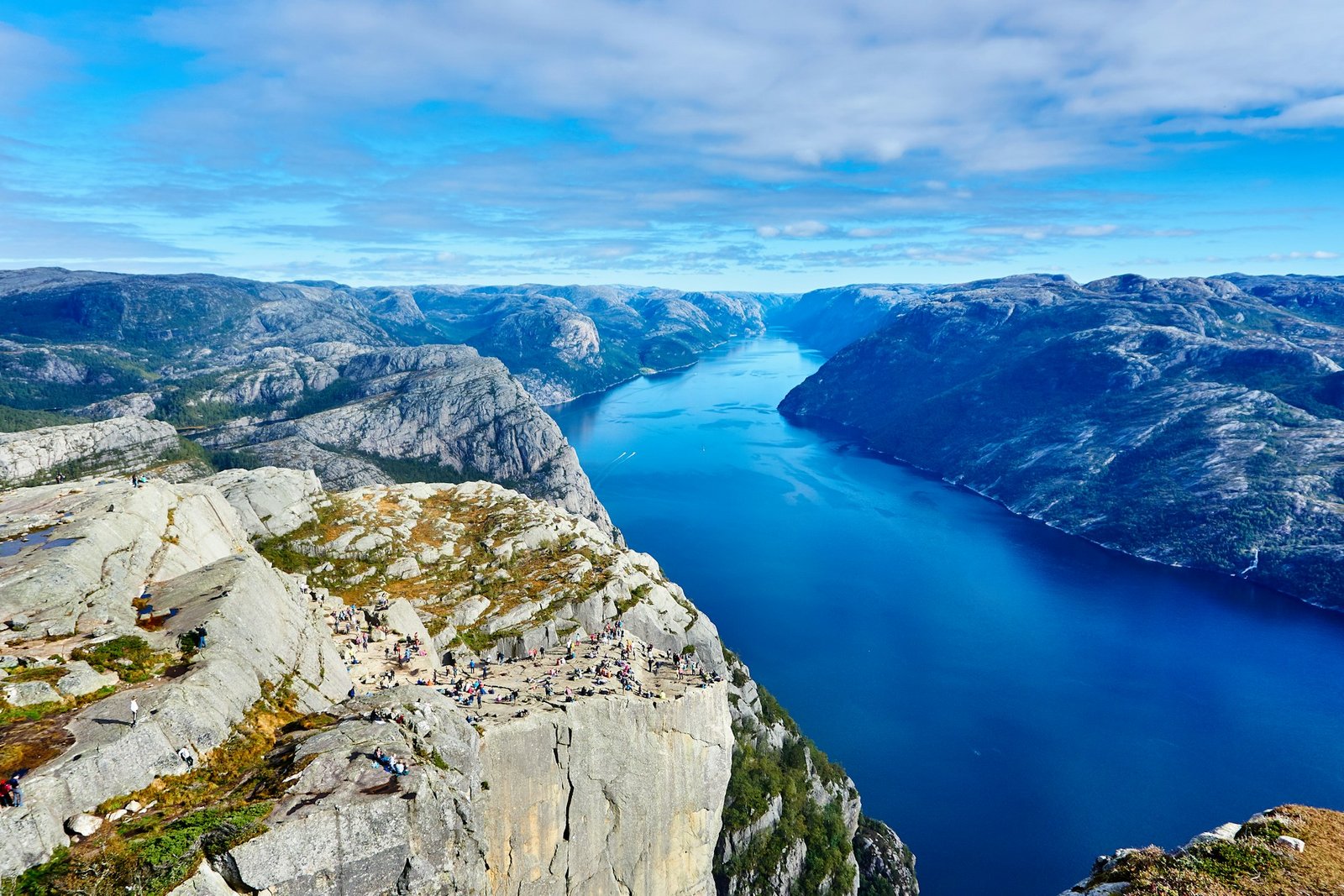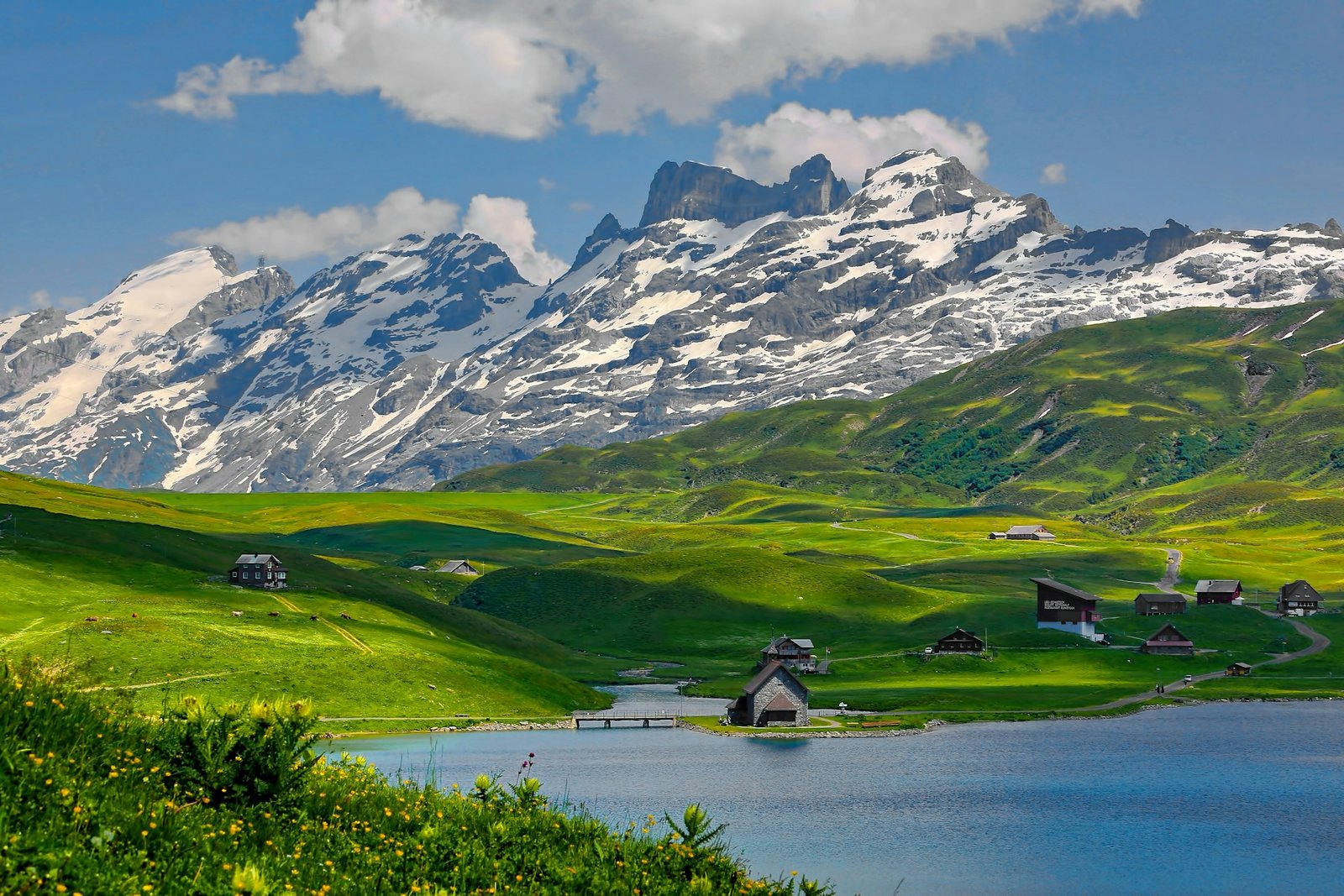Planning a dream trip to Greece but not sure when to go? Timing is everything, and choosing the worst time to visit Greece can turn your vacation into a sweaty, crowded, or even rainy experience. I’ve seen travelers make this mistake and end up battling soaring temperatures, inflated prices, and long lines at top attractions like the Acropolis. In this post, I’ll guide you through the absolute worst times to visit and share some golden advice on when you should go instead. Whether you’re after stunning beaches or cultural gems, this guide will help you plan the perfect Greek getaway without the hassle. Let’s dive in!
Quick Guide: Worst Time to Visit Greece—Get the Key Facts Fast!
For those short on time, here’s a quick overview of the worst and best times to visit Greece:
Worst Time to Visit:
- July & August: Extreme heat, crowded beaches, skyrocketing prices. Expect packed tourist spots like Santorini and the Acropolis.
- Winter (Dec-March): Limited island access, closed hotels and restaurants. Mainland cities get cold and rainy, limiting outdoor activities.
Best Time to Visit:
- May-June & September-October: Perfect weather, fewer crowds, and more affordable prices. Ideal for sightseeing, hiking, and beach time.
- Spring (April-May): Greece in bloom! Mild temperatures, fewer tourists, and vibrant landscapes.
- Fall (October-November): Stunning autumn scenery, especially in mountainous regions. Great for cultural experiences and olive harvest season.
For the full details and insider tips check out the full blog post. Don’t let bad timing spoil your Greek adventure!
The Absolute Worst Times to Visit Greece

July and August: Heat, Crowds, and High Prices
If you’ve heard that the worst time to visit Greece is during July and August, you’ve heard right. These peak summer months bring extreme heat, unbearable crowds, and sky-high prices across the country. Temperatures regularly soar above 35°C (95°F), and the high humidity can make even the most seasoned traveler feel uncomfortable. If you plan to visit iconic landmarks like the Acropolis or hit Santorini’s beaches, expect long lines, elbow-to-elbow crowds, and fewer chances for those perfect, unobstructed photos.
Not only do these conditions create a less enjoyable experience, but the prices for accommodation, food, and services also reach their peak. I’ve seen travelers paying double for hotel rooms in places like Mykonos and Rhodes. This is definitely not ideal for budget-conscious visitors.
Why it matters: If you’re sensitive to heat or trying to stick to a budget, July and August will drain your energy and your wallet. The value you get simply doesn’t match the price or discomfort you endure.
The Challenges of Late August and Early July (Shoulder Season Blues)
Late August and early July are technically part of the shoulder season, but don’t expect an immediate break from the high prices or crowds. In early July, peak season is just kicking off, and while you may see fewer tourists, hotels still charge premium prices. Plus, the heat is already ramping up.
By late August, prices start to dip, but so does the weather stability. Coastal areas, especially islands like Crete or Paros, can experience strong winds, sometimes disrupting ferry services. I’ve tested the waters during this period, and while it’s less crowded, it’s still unpredictable—especially with rain showers sneaking in unexpectedly.
Why it matters: You may save a bit on accommodation, but the crowds haven’t quite left, and the weather can throw a wrench in your beach and sightseeing plans.
Summary Table: Best vs. Worst Times to Visit Greece
| Time | Weather | Crowds | Prices | Best For |
|---|---|---|---|---|
| July-August | Hot and humid (35°C+) | Packed | Highest | Partygoers, beach lovers who don't mind crowds |
| Late Aug-Early July | Hot, windy, rain possible | Moderate to high | High | Early birds, those catching end/start of peak season |
| May-June | Mild (20-28°C) | Light | Moderate | Sightseers, budget-conscious travelers |
| Sept-Oct | Mild and comfortable | Moderate | Moderate | Beachgoers, culture seekers |
| April-May | Mild, chance of rain | Light | Low | Hikers, nature lovers |
| Oct-Nov | Mild, cooler in the north | Light | Low | Foliage admirers, cultural explorers |
A quick look at the weather, crowds, and prices during different seasons, so you can easily choose the best time for your trip.
Alternatives to the Worst Time: Best Times to Visit Greece
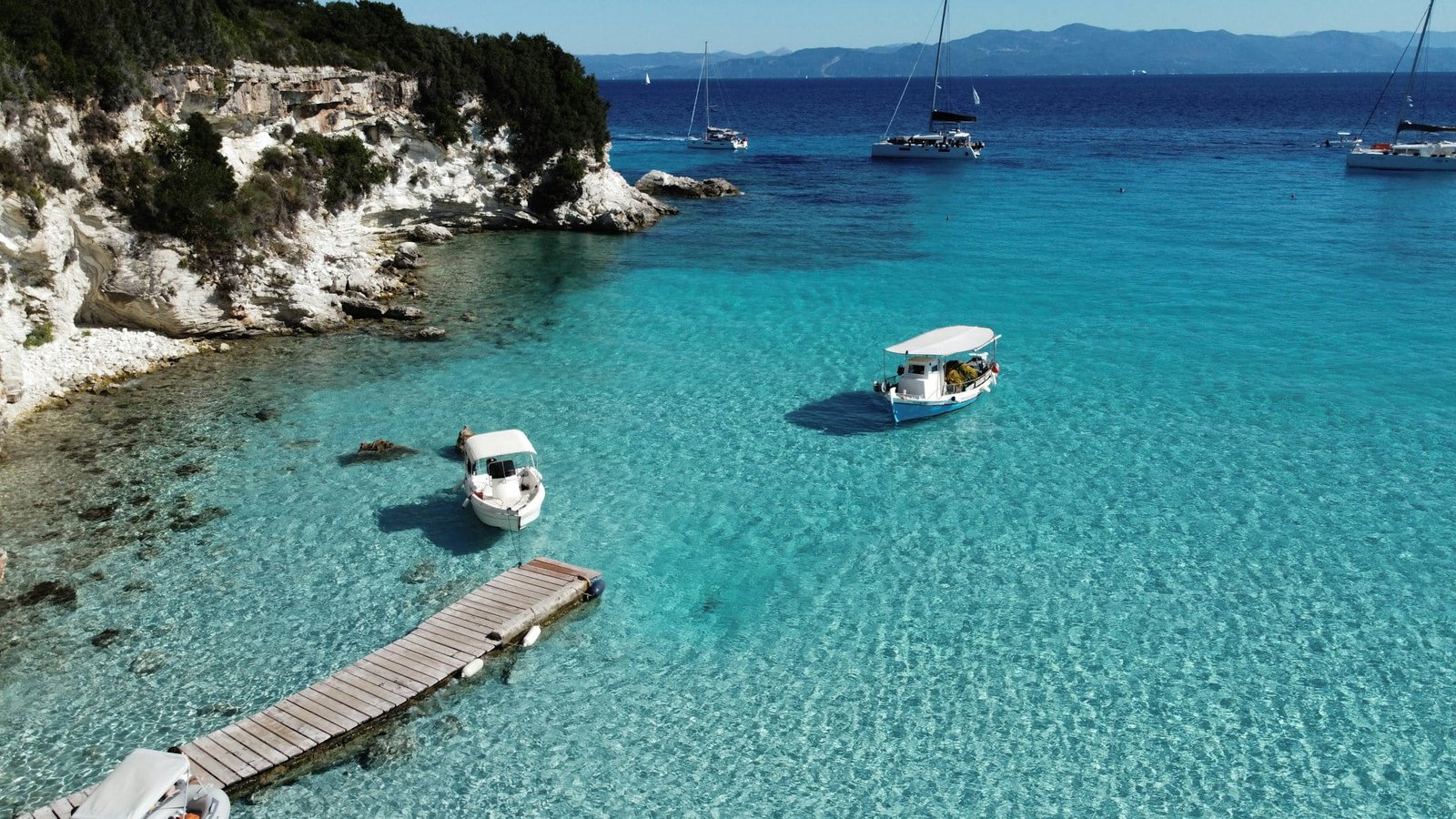
The Sweet Spot: May-June and September-October
The ideal time to visit Greece is during May-June and September-October, often called the “Goldilocks zone.” Why? You get the best of everything: pleasant weather, fewer crowds, and lower prices than the peak season. I like this period because temperatures sit comfortably between 20-28°C (68-82°F), making it perfect for sightseeing, enjoying the beaches, or exploring ancient ruins without sweating buckets.
May and June, in particular, offer vibrant blue skies, blooming flowers, and less tourist congestion, while September and October have that relaxed, post-summer vibe. Tourist spots like the Acropolis are much more accessible, and I’ve found you can spend more time exploring without getting overwhelmed by crowds. Prices drop, and it becomes easier to snag a great deal on accommodations or tours.
Why it works: You avoid the summer heat and peak prices, but still experience the beauty of Greece in a calm and enjoyable setting.
Greece in Bloom: Spring (April-May)
Spring in Greece is something special. Between April and May, the landscape transforms into a sea of wildflowers and greenery that you don’t see during the dry summer months. This is the time for nature lovers and hikers. I’ve seen stunning hiking trails in places like the Peloponnese come alive during this time, offering the perfect backdrop for outdoor adventures.
While you might encounter the occasional rain shower, the temperatures are mild, making it comfortable for both sightseeing and outdoor activities. If you’re headed to rural areas or islands like Naxos, the springtime offers a peaceful retreat away from the big tourist hubs.
Why it works: For those seeking quiet escapes, nature, and outdoor activities, spring offers a perfect balance of mild weather and lush landscapes.
Discover Greece’s Hidden Gems in Fall (October-November)
October and November are some of the most underrated months to explore Greece. By then, the country transitions into fall, and the crowds have all but disappeared. One of the biggest draws for me during this period is the stunning fall foliage in places like the Zagori villages or Mount Pelion. Not to mention, it’s also olive harvest season! You can visit olive groves and even participate in local harvesting activities, making it a culturally rich experience.
Temperatures in southern Greece remain mild, while the northern mainland starts to cool down. While you might need a light jacket, you’ll have cultural sites and natural landscapes almost entirely to yourself.
Why it works: Fall offers a unique mix of culture, stunning landscapes, and fewer crowds. Plus, you get the added bonus of participating in local events like the olive harvest.
In these shoulder seasons, I’ve seen travelers have the best of both worlds—enjoying the country’s culture, history, and nature with none of the peak season downsides.
Why Winter Might Be the Worst Time for Some
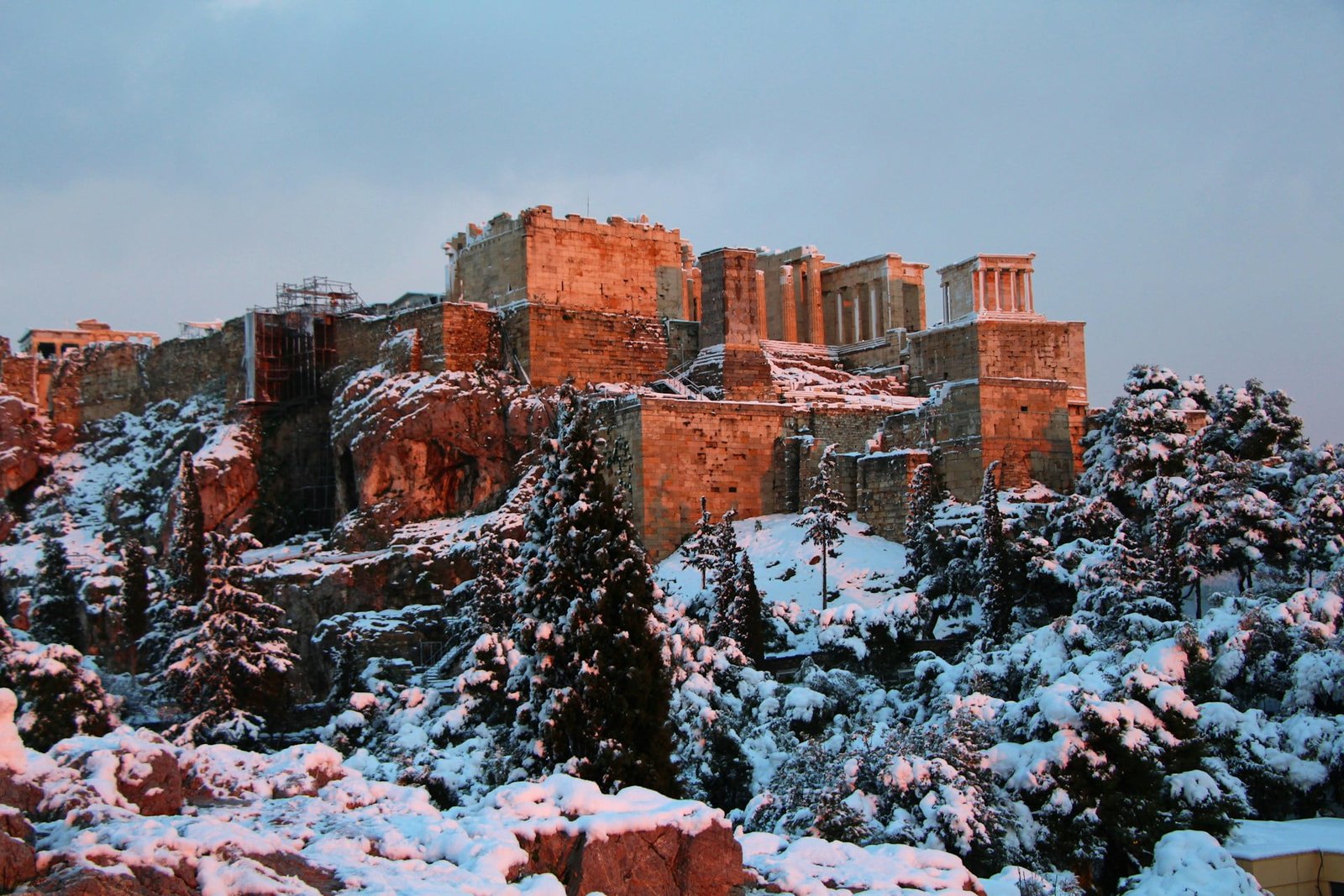
Limited Island Access and Closed Services (December-March)
Winter in Greece, especially from December to March, presents a different challenge for travelers—limited access to the islands. Many smaller islands shut down during this time. Ferries run less frequently, and even when they do, rough seas can often cancel them. I’ve seen travelers stranded or scrambling for alternative transportation when they realized ferries don’t operate as often as in summer.
This is also when hotels, restaurants, and other services on these islands close down. Places like Mykonos or Paros, known for their vibrant summer energy, almost feel like ghost towns in winter. If you’re expecting the lively island atmosphere, this can be a major disappointment. However, if you’re looking for a quiet, reflective escape, the empty beaches and tranquil atmosphere might be just what you need.
Why it matters: If your dream Greece vacation involves hopping from island to island, this is the worst time to visit Greece. Limited services and access will make your trip far less enjoyable unless you’re seeking solitude.
Cold and Rain on the Mainland
Winter on the mainland, particularly in northern regions like Thessaloniki, brings cold weather and frequent rain. While you might not think of Greece as a cold-weather destination, temperatures can drop significantly, and the dampness makes it feel even chillier. In the north, you’ll even see snow on occasion. If you’re planning on outdoor activities, this can really limit what you’re able to do. Hikes, sightseeing, and beach days are pretty much out of the question.
I’ve tested winter travel on the mainland, and while cities like Athens are still pleasant enough for museums and cultural activities, the weather may not be what you’re expecting from a trip to Greece. That said, Athens is a year-round destination and is much more comfortable to explore without the heat or the crowds.
Why it matters: If you’re looking for beach weather or outdoor adventures, winter is not your season. Stick to cultural experiences in the cities during this time.
Embrace Greece During the Off-Season

Authentic Greek Culture in the Winter Months
While winter may be the worst time to visit Greece for some, it’s the best time for others looking for a more authentic experience. Without the throngs of tourists, you get a chance to experience Greece as the locals do. Winter is when traditional festivals and cultural events take place, offering insight into Greek life that’s hard to find in the summer rush.
For example, I’ve visited during the Epiphany celebrations in January, where locals gather for religious and cultural ceremonies. It’s a completely different side of Greece that you don’t see when the islands are full of tourists. Plus, winter is when you’ll find the best deals. Hotels, even in Athens or Thessaloniki, slash their prices, and you can enjoy museums, archaeological sites, and local restaurants without rushing through them.
Why it works: Winter allows you to dive deep into Greek culture, with fewer tourists and more personal interactions. You get a more relaxed, local vibe—perfect for those looking to experience the “real” Greece.
Winter Wonderland: Explore Greece Beyond the Beaches
If you think Greece is only about beaches, think again. Winter is the time to explore places like Athens, Thessaloniki, and even Nafplio—cities that offer rich history, stunning architecture, and plenty of things to do year-round. While the beaches may be off-limits, the mountains are where winter really shines.
I’ve enjoyed skiing in places like Arachova, near the famous archaeological site of Delphi, and it’s incredible how diverse Greece’s landscape becomes in winter. These mountainous areas transform into a winter wonderland with ski resorts and cozy mountain villages. Another great alternative is to visit historical sites like Meteora or Mystras. With fewer crowds, you’ll have these breathtaking sites almost entirely to yourself.
Why it works: If you’re a winter sports enthusiast or history buff, winter in Greece offers a unique experience that few travelers think to seek out. Just be sure to pack warm clothing and waterproof gear—Greek winters can get chilly!
By embracing the off-season, you can experience a side of Greece most tourists never see. Whether you’re skiing in Arachova or attending a local winter festival, winter can offer an authentic and peaceful version of Greece that summer simply can’t provide.
| Season | Ideal For | Pros | Cons |
|---|---|---|---|
| Peak Summer (July-August) | Beach and Party Lovers | Lively nightlife, perfect beach weather | Overcrowded, high prices, intense heat |
| Winter (December-February) | Budget Travelers, Culture Buffs | Low prices, authentic local experience | Limited island access, colder weather |
| Late Spring (May-June) | Families, Adventure Seekers | Pleasant temperatures, fewer tourists | Higher prices than winter but manageable |
| Early Fall (September-October) | Couples, Culture Enthusiasts | Warm seas, cultural festivals, smaller crowds | Some attractions may have reduced hours |
Conclusion: Choose the Best Time to Visit Greece Based on Your Preferences
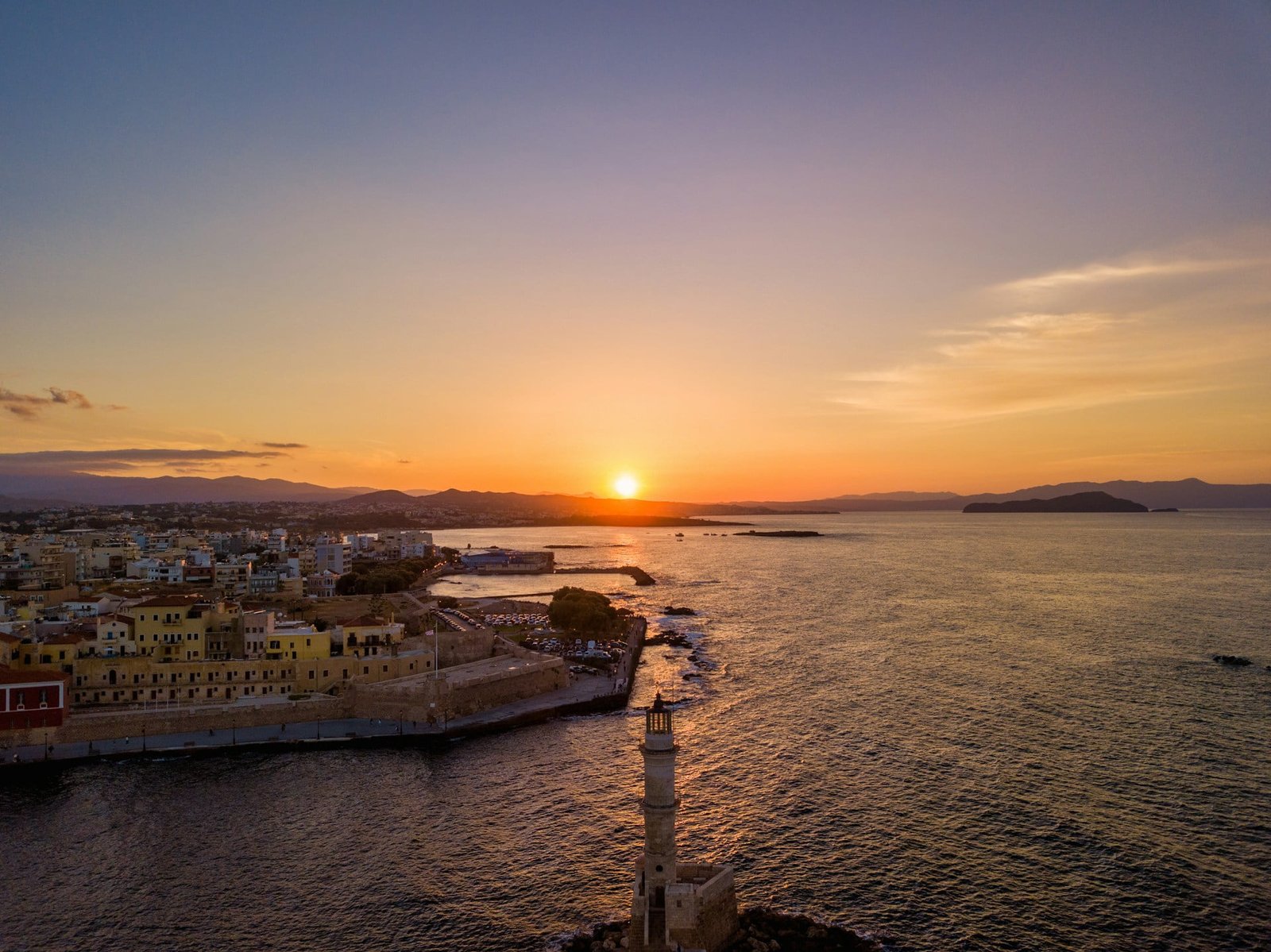
The worst time to visit Greece depends entirely on what kind of traveler you are. If you can’t handle the heat, massive crowds, or high prices, then the peak months of July and August are probably a no-go for you. On the flip side, if you don’t mind a little cold and quiet, winter might actually be perfect for you. But if your idea of a Greek vacation includes lively beaches and plenty of sunshine, you could be disappointed with the limited services during the colder months.
For most travelers, the best months to visit Greece fall in the shoulder seasons: May-June and September-October. These months offer a “Goldilocks” balance of mild temperatures, fewer crowds, and lower prices, making it ideal for both sightseeing and relaxing by the sea. Plus, in spring and fall, Greece’s natural beauty shines—whether it’s the blooming wildflowers in April or the stunning autumn foliage in November.
Ultimately, your perfect trip to Greece comes down to what you’re looking for. Do you crave a bustling beach scene, or would you prefer a quiet, cultural experience? Do you mind dealing with the summer heat and crowds, or is a slower winter vibe more your style? When you know your preferences, you can plan your Greek adventure accordingly—and avoid making the mistake of visiting at the wrong time.
Key takeaway: Think about your interests and comfort levels before deciding on when to visit Greece. Whether it’s beach days, history, or local culture you’re after, there’s a perfect time for everyone!
Expert Answers: When is the Worst Time to Visit Greece and How to Plan the Perfect Trip
When is the worst time to visit Greece?
July and August are the worst. The heat is intense, prices soar, and everywhere—especially in hotspots like Santorini—feels overcrowded. I’ve been there during these months, and it’s hard to fully enjoy the sights.
Is it too hot to visit Greece in August?
Yes, especially in places like Athens and Crete, where temperatures often hit over 35°C (95°F). If you can’t handle the heat, avoid August. I’ve seen people struggle with the sun, making it hard to explore.
Why is Greece so crowded in July and August?
It’s peak tourist season due to summer vacations across Europe. Beaches, landmarks, and restaurants are packed. I like quieter times because you can really soak in the beauty without the crowds.
Are prices higher in the summer?
Absolutely. Hotels, flights, and tours cost more in July and August. I’ve noticed that even small things, like food and drink, can be more expensive. If you’re on a budget, avoid peak season.
What’s the best time for good weather without crowds?
May, June, September, and October are ideal. I love these months because the weather is mild, and you can explore without feeling overwhelmed by people or heat.
Is winter a bad time to visit the Greek islands?
It can be. Many islands shut down in winter, with limited ferries and closed restaurants. However, if you want peace and quiet, winter might suit you. I once visited in January, and it was a very different, relaxed experience.
Does it rain a lot in Greece in winter?
Yes, especially on the mainland and northern areas like Thessaloniki. Rain and cold weather make outdoor activities difficult. I like Greece in winter for indoor activities like museums, but not for beaches.
What’s the most affordable time to visit Greece?
Winter months, like January and February, are much cheaper, but be ready for quiet towns and fewer activities. I’ve scored some great hotel deals during this period.
What’s Greece like in the spring?
Beautiful! I’ve seen Greece in full bloom in April and May—wildflowers everywhere, and temperatures are comfortable. It’s perfect for outdoor activities, like hiking or visiting ruins.
Is it worth visiting Greece in the fall?
Definitely. September and October are my favorite months. The weather is still warm, but the crowds thin out. I’ve enjoyed relaxed evenings by the sea without the peak season hustle.



